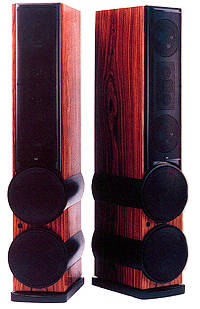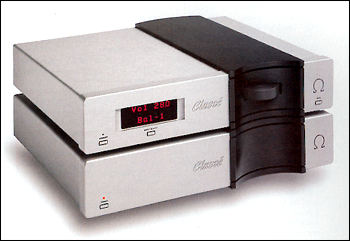The patter of the snare drum began softly and I leaned forward in my seat. Avery Fisher Hall fell silent as Riccardo Muti led the New York Philharmonic in Ravel's <I>Boléro</I>. Ravel once described this masterpiece as "lasting 17 minutes and consisting wholly of orchestral texture without music—of one long, very gradual crescendo." Though the hall was silent and expectant, the stage was packed with musicians waiting for...what? To gradually join in, one by one and layer by layer, to drive that gentle but relentlessly mounting crescendo. Ravel accomplished this by "having solo instruments play the melody...[then progressing] to groups" and finally "arranging the scoring so that the dynamics are self-regulating" (footnote 1). When the final, thunderous E-major chord stopped the piece by locking "all its harmonic gears," the hall erupted in ecstatic applause, and we all leapt to our feet.


